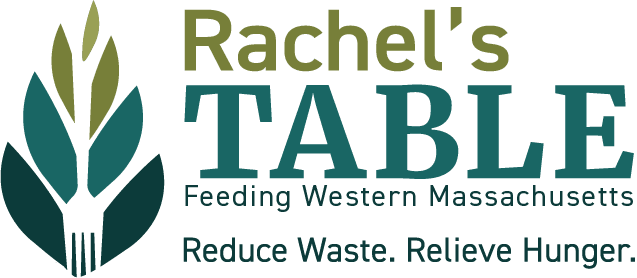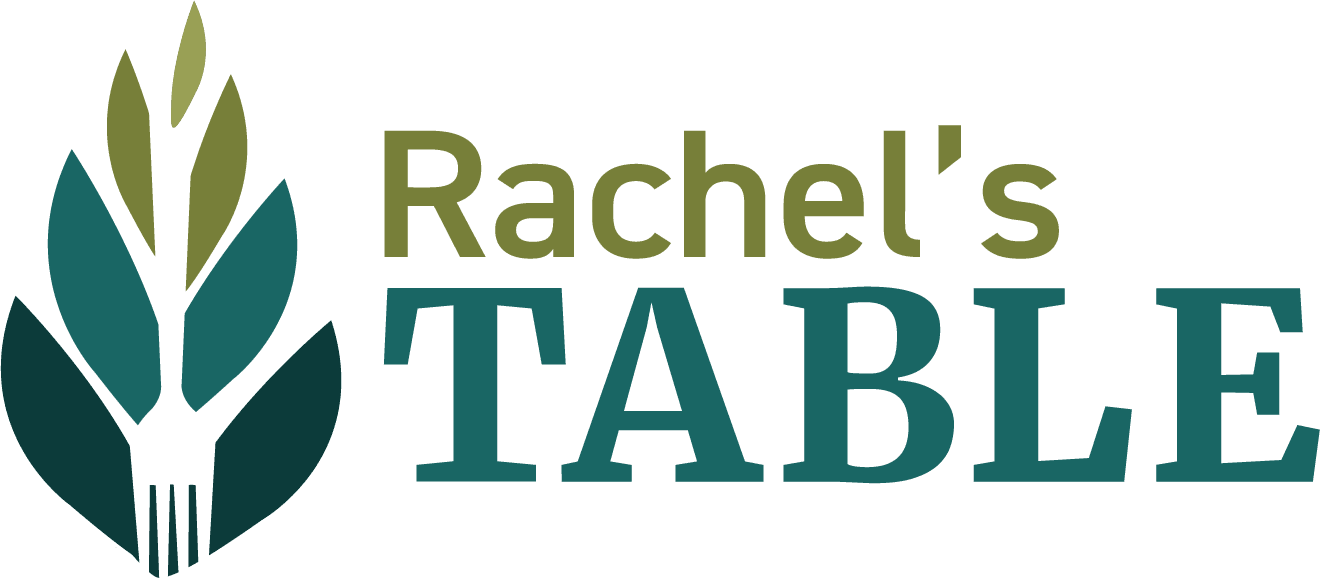GLEANING FOR EVERYONE!
By: Chloe Belliveau, Haylee Wetnicka, and Meghan Hamerski

Due to the uncertainty of weather and other factors that influence the harvest in any given year, farmers often plant an abundance of produce that they are not able to sell, leaving perfectly good food to waste. Thankfully, through the act of gleaning, an ancient practice of collecting leftover crops and giving them to those in need, this food does not have to go to waste. Through the Bea’s Harvest gleaning initiative, Rachel’s Table has been able to recover produce from local farms in Western MA that would otherwise simply rot away and provide it to those facing food insecurity.
This year, Rachel’s Table took a new approach to gleaning by hosting pop-up gleaning at various local farms. The way it works is that Rachel’s Table Bea’s Harvest volunteers, Jill Stewart and Judy Yaffe, identify farms and fields in need of gleaning, and spread the word through various means to other volunteers to come and glean at certain days and times. Volunteer pickers arrive with comfortable clothes, sturdy boots, and boxes or bags for the produce to be transported to local agencies in need of food. Pop-ups have allowed several community members and community groups to get involved in Bea’s Harvest gleaning initiative and become a part of something bigger than themselves. By having gleaning pop-ups throughout the course of the harvest season, volunteers were able to help when and where they could. The hard work of many people working towards a common goal led to incredible effects. For instance, at a one-hour pop-up, volunteers collected thousands of pounds of eggplants.
According to Jill, gleaning has had a lasting impact on participating volunteers. It opened their eyes to society’s current food system and the ways in which we take food for granted. Both Jill and Judy acknowledged the hard work that goes into farming which led to an increased appreciation for those in the profession. This experience led them to question why there was such a surplus that was left to go bad in the first place. Judy suggests a need for a cultural shift in how food is viewed to begin addressing the food waste problem witnessed during gleaning. Accepting imperfections in our produce, respecting the hard physical labor that goes into growing crops, and learning to grow one’s own food could possibly lead to more appreciation and conservation of food as a resource. Going forward, Jill and Judy hope to get more young people involved with Rachel’s Table. Young people have the gift of physical health to help with the tough physical process of gleaning and can also bring new and innovative ideas to the table. True environmental and social progress won’t happen until everyone is involved in making a change.
One of the best aspects of the whole progress lies in the fact that the opportunity is truly open to everyone. There is no one who is too old or too young to learn the gleaning process, and in a broader sense, form an understanding of what exactly is going on in our world. There are farms across Western Massachusetts and beyond waiting to be cultivated. The educational value in the process is limitless, as it not only makes participants aware of overproduction issues but teaches them what to do with the produce they save. Jill and Judy hope to coordinate a cookbook of recipes that incorporate the food that would otherwise go to waste. Additionally, Jill and Judy strive to learn more about how the people they are aiding use the produce in culturally appropriate ways so that they can spread that knowledge to others. They also strive to make the public more aware of what goes on behind the scenes such as getting produce to the shelves of a supermarket. We see perfect vegetables, but we never stop to think about how they got there. The answer lies in the “why.” Why do farmers overproduce and leave the excess to rot? Why are so many people in our own backyard, with so many farms and fields, not accessing fresh vegetables, and what makes them either inaccessible or unaffordable? How can any of us make a difference in that accessibility? To find answers, we must first have discussions, which is something that Jill and Judy hope to spark in their efforts.

